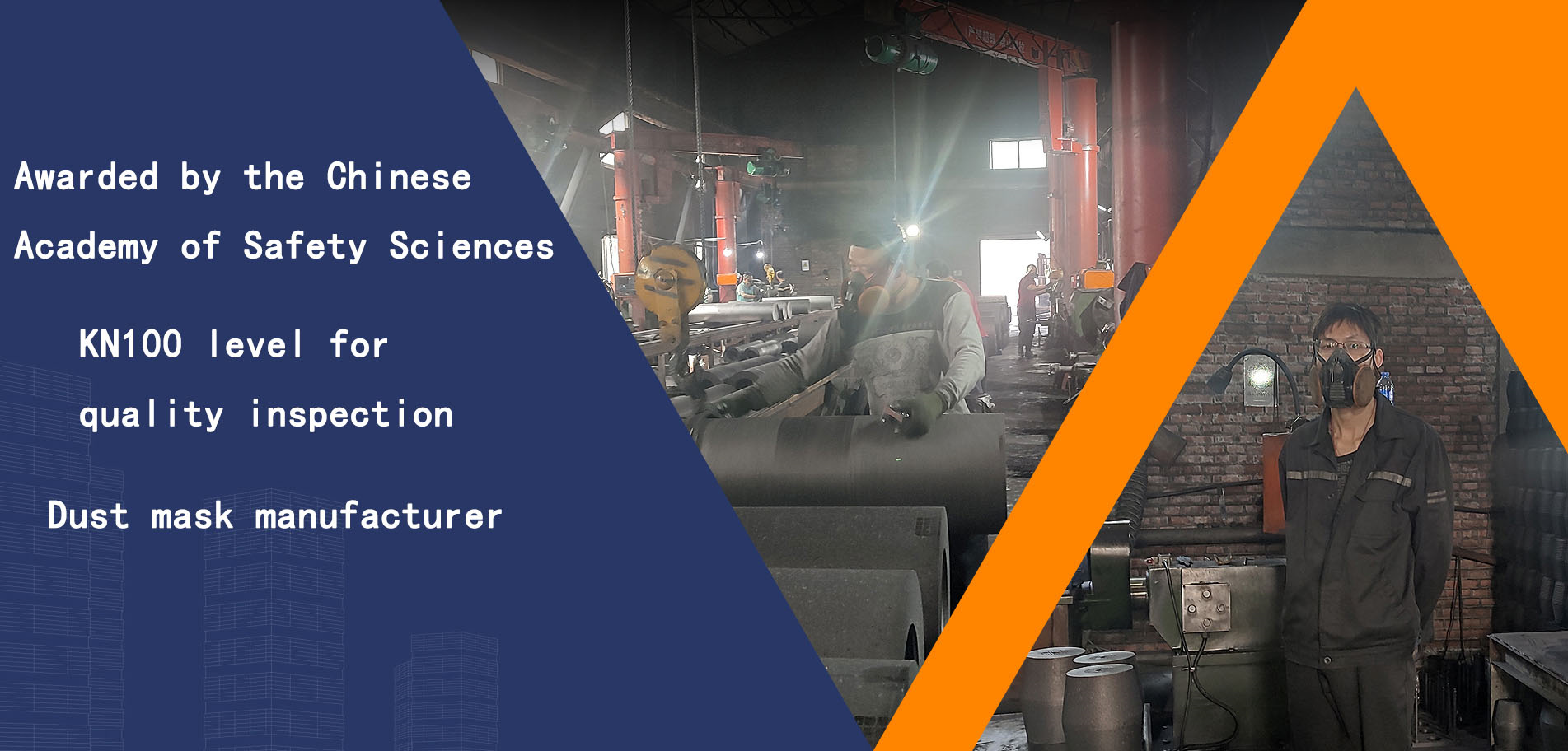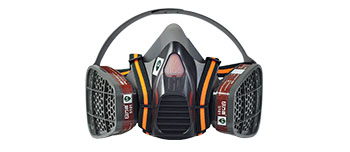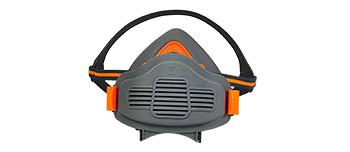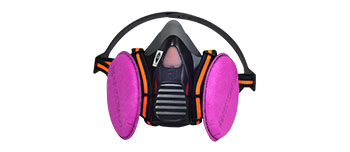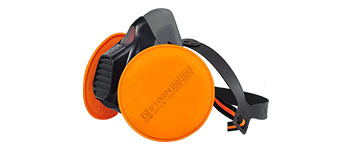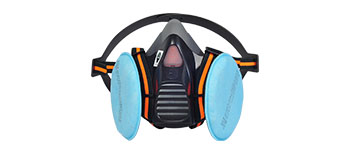What Are the Advantages of KN100 Dust Masks?
In work environments that require high-intensity protection against dust and smoke, choosing an efficient particulate respirator is crucial. Among various standards, the KN100 rating represents the highest echelon of protective capability. So, what are the prominent advantages of KN100 masks compared to common protective masks?
1. Ultimate Filtration Efficiency, Providing Top-Level Protection
This is the most core and significant advantage of KN100 masks. According to the Chinese National Standard GB2626-2019, the KN100 rating means it has a filtration efficiency of ≥99.97% for non-oily particulate matter.
Stark Contrast: The filtration efficiency of the familiar KN95 mask is ≥95%, while KN100 raises this standard to above 99.97%. This seemingly small percentage difference means that, in practical application, the number of harmful particles that can penetrate the mask is reduced by more than 15 times, building an almost ultimate physical barrier for the wearer.
Application Scenarios: This level of protection is particularly suitable for environments with high concentrations of ultra-fine particles, such as mining, stone processing, wood sanding, cement production, and metal smelting, effectively helping to prevent occupational diseases like pneumoconiosis.
2. Effectively Reduces Breathing Resistance, Offering More Comfortable Wear
Many people mistakenly believe that a higher protection level means more breathlessness. However, for KN100 masks (especially models utilizing a dual-filter cartridge design), the opposite is true.
Scientific Design: To achieve extremely high filtration efficiency, KN100 masks typically have a larger filtration area. A larger area means air passes through the filter material per unit area more slowly, thereby significantly reducing breathing resistance.
Practical Experience: Wearers engaged in physical labor will find breathing in and out smoother compared to wearing some lower-level masks with smaller filtration areas, reducing chest pressure and decreasing work fatigue.
3. Tight Facial Fit, Excellent Leakage Prevention
Even the most efficient filter material is ineffective if the mask cannot seal tightly to the face, allowing contaminated air to leak through gaps and greatly diminishing protection.
Sealing Design: As professional-grade protective equipment, KN100 masks are designed with a strong emphasis on seal. They typically feature adjustable headbands, a malleable nose clip and nose pad, and a soft silicone or rubber facepiece to ensure an all-around tight fit adaptable to different face shapes.
Safety Assurance: This excellent fit ensures that almost all inhaled air is filtered through the filter material, avoiding the risk of "side leakage" and truly translating high filtration capability into tangible protective effectiveness.
4. Economical and Eco-Friendly, Suitable for Long-Term Use
Most KN100 masks are designed with replaceable components. The mask facepiece itself can be reused, requiring only periodic replacement of the filter pads or filtering elements.
Low Long-Term Cost: Although the initial purchase cost may be higher, considering the durability of the facepiece, the average long-term cost is much lower than that of disposable masks that need frequent discarding.
Reduced Waste: The method of only replacing the filter pads generates less waste compared to discarding an entire disposable mask, making it more environmentally friendly and aligning with the concept of sustainable development.
5. Durability and Versatility
Professional KN100 masks are usually made from durable, anti-aging materials like silicone, capable of withstanding relatively harsh working environments and having a long service life. Furthermore, they not only protect against dust but also provide top-level protection against non-oily particulates like haze, pollen, and aerosols carrying bacteria or viruses.
In summary, the KN100 dust mask, with its unparalleled filtration efficiency, relatively comfortable breathing experience, excellent facial seal, and long-term cost-effectiveness, has become the preferred protective equipment for workers in high-risk dust operations. It is a solid line of defense safeguarding respiratory health and the strongest shield against severe air pollution.
 English
English
